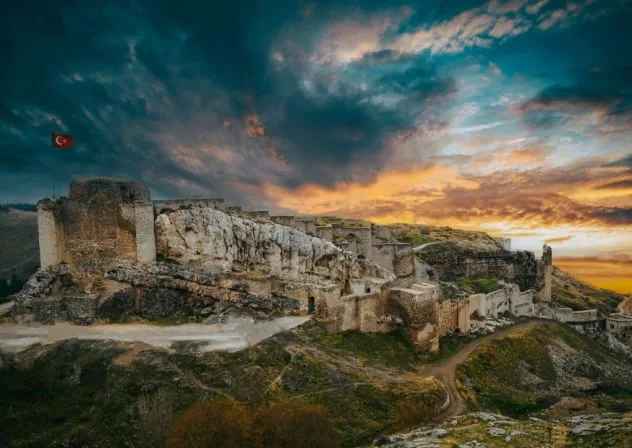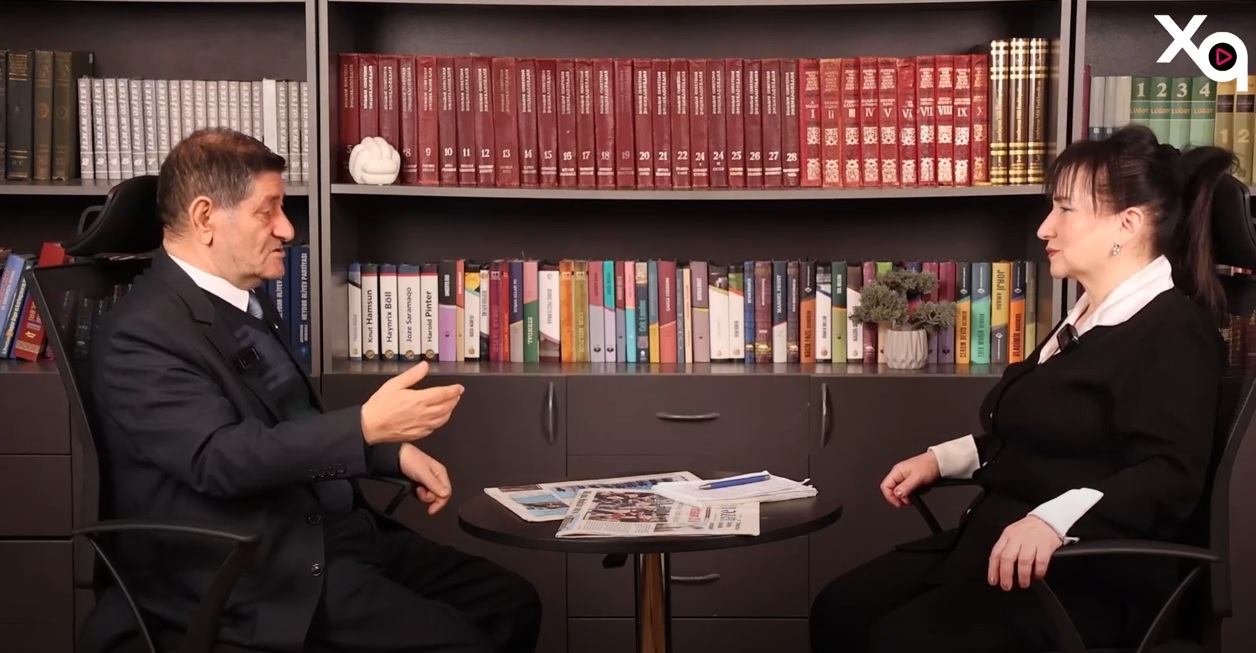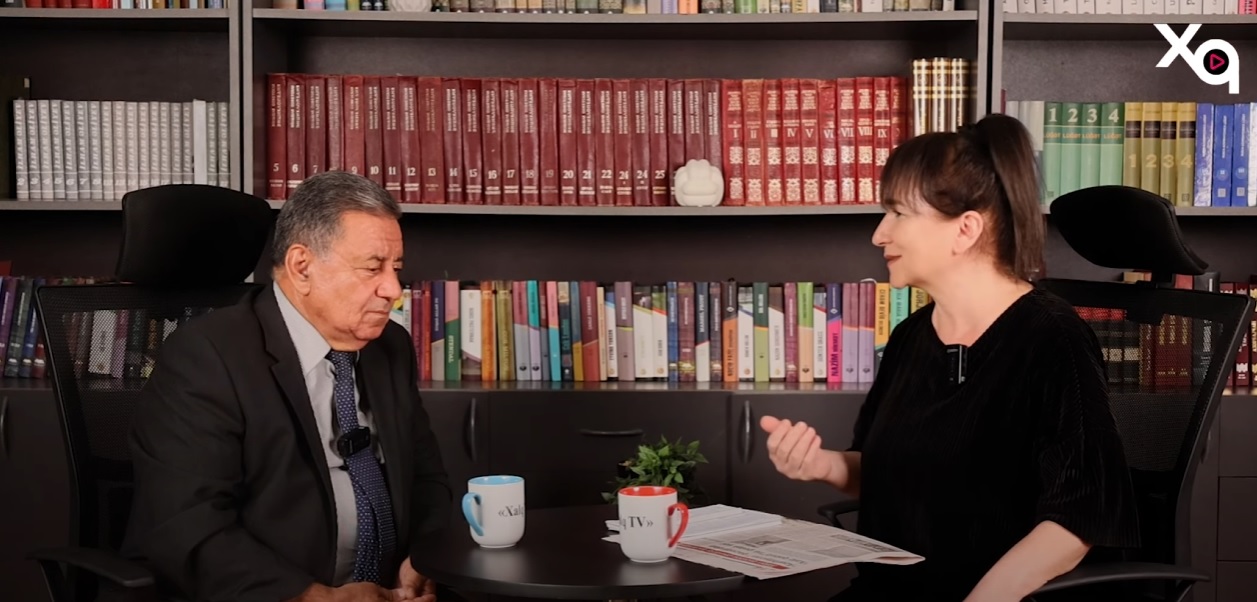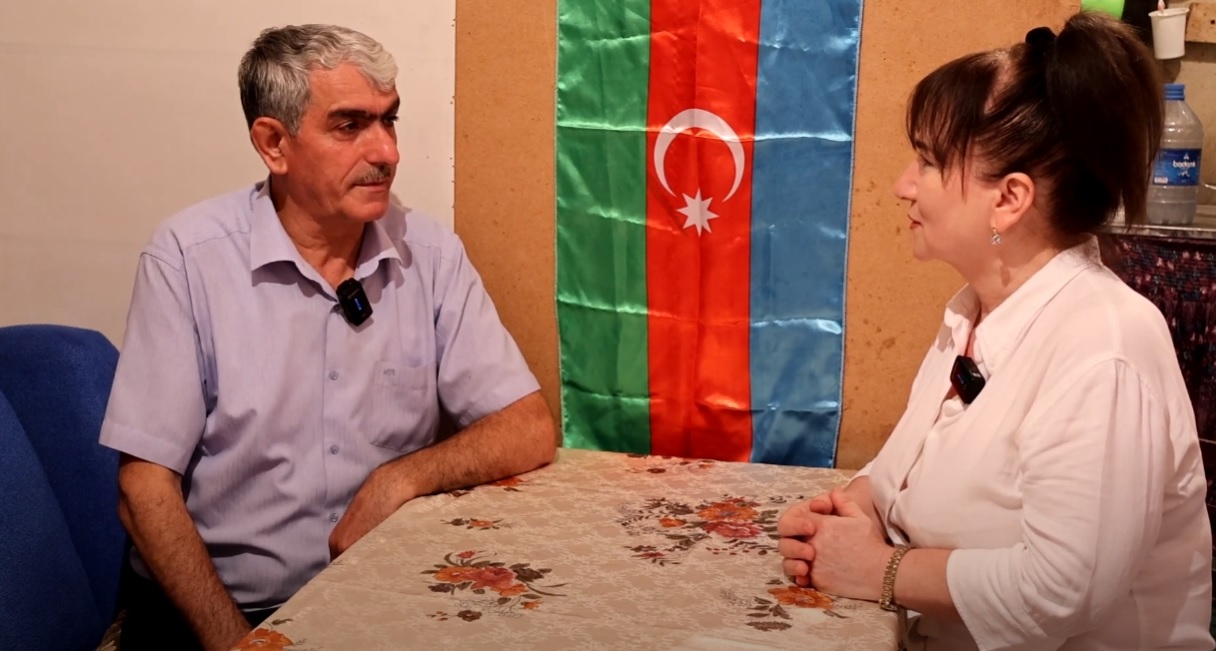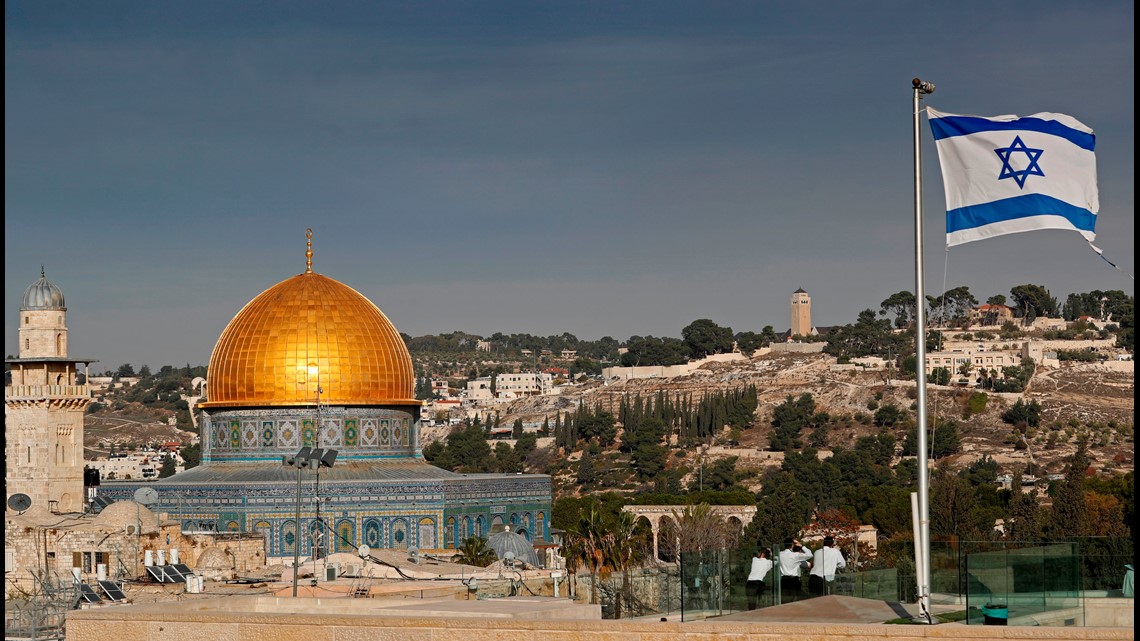By JERUSALEM POST STAFF
White stone walls of medieval abbey's cloister uncovered, 'surprisingly well preserved'.
Archaeologists in Bordeaux have unveiled a discovery in the heart of the city's historic center. On Tuesday, April 29, the team leading the excavations presented a large Merovingian necropolis unearthed around the Church of Sainte-Croix. The site, dating back 1,300 years, was reported by Le Figaro.
The discovery was made during preventive excavations over a 2,700-square-meter area before planned vegetation work and tree planting by Bordeaux Métropole. The Church of Sainte-Croix and its surroundings were the location of an ancient abbey founded during the Merovingian period, between the 5th and 7th centuries. A necropolis developed around the abbey during the Middle Ages.
"The necropolis developed during the Middle Ages until it was enclosed in a parish cemetery in the modern era (18th century)," said Laurent Guyard, the head of the archaeological service of Bordeaux Métropole, according to France Info. The abbey was situated a few hundred meters from the ancient center of Bordeaux.
Nearly a hundred funerary structures, including 49 sarcophagi, have been discovered at the site. These structures date from the Merovingian period to the modern era. The white stone walls of the former cloister of the medieval abbey have been uncovered and are surprisingly well preserved.
The structures were buried between 30 centimeters and 1.80 meters under the roadway. The archaeological remains are visible at street level. The remains are open to the public every Wednesday until the end of May, offering residents and visitors a glimpse into the city's historical past.
Excavations will continue in the neighborhood until the summer of 2026. After the excavations, the remains will be covered again. This initiative is part of development plans by Bordeaux Métropole, which include vegetation work and tree planting in the area.
The discovery provides valuable insights into burial practices from the Merovingian period to the modern era. The proximity of the abbey to the ancient center of Bordeaux underscores the city's rich historical layers and continuous habitation.
The well-preserved white stone walls of the cloister offer a rare opportunity to study medieval architecture. Their preservation beneath the modern roadway has protected them from the elements, allowing archaeologists to examine construction techniques from the period.
Public access to the site every Wednesday until the end of May enables the community to engage with the archaeological process and appreciate the city's heritage. The structures, now visible at street level, serve as a tangible connection to Bordeaux's past.
The ongoing excavations, set to continue until 2026, demonstrate a commitment to uncovering and preserving the city's historical assets. Once the work is completed, covering the remains will ensure their protection while allowing the urban development plans to proceed.


.jpg)

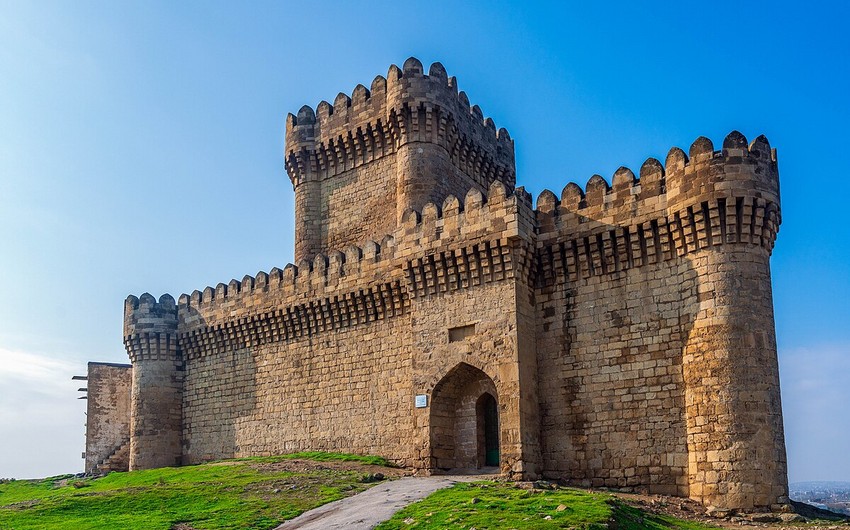
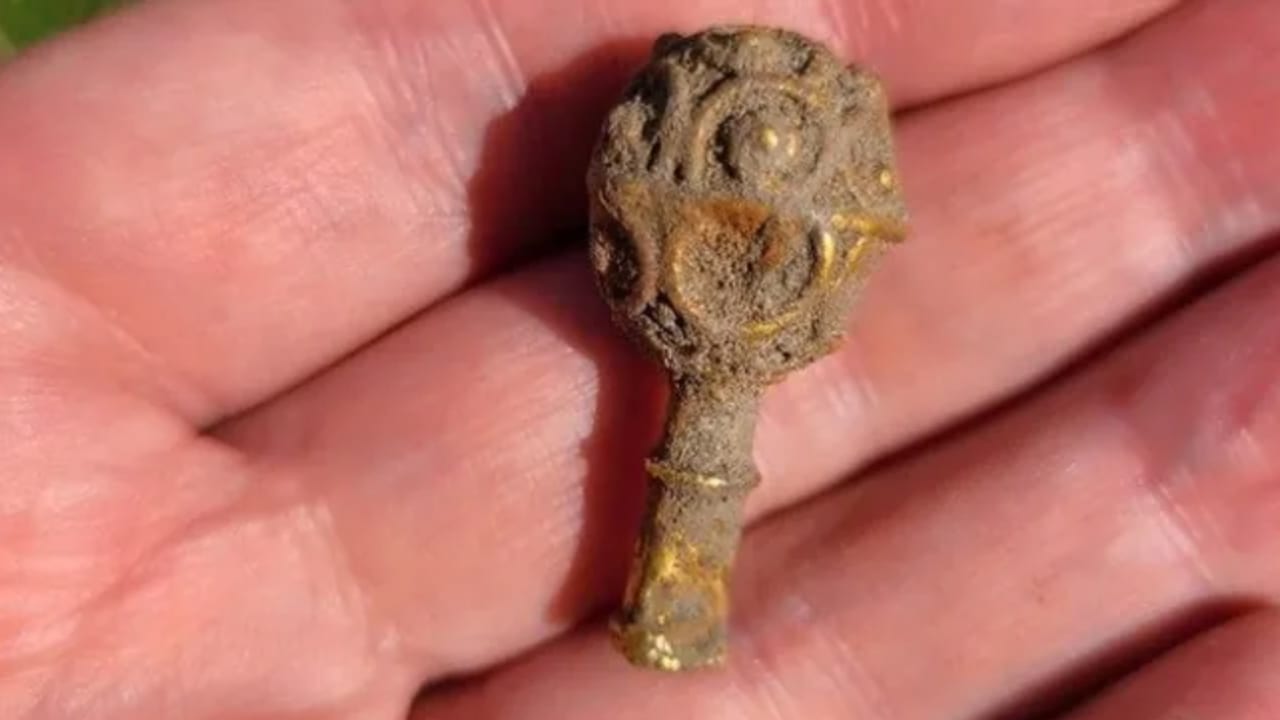




.jpg)
